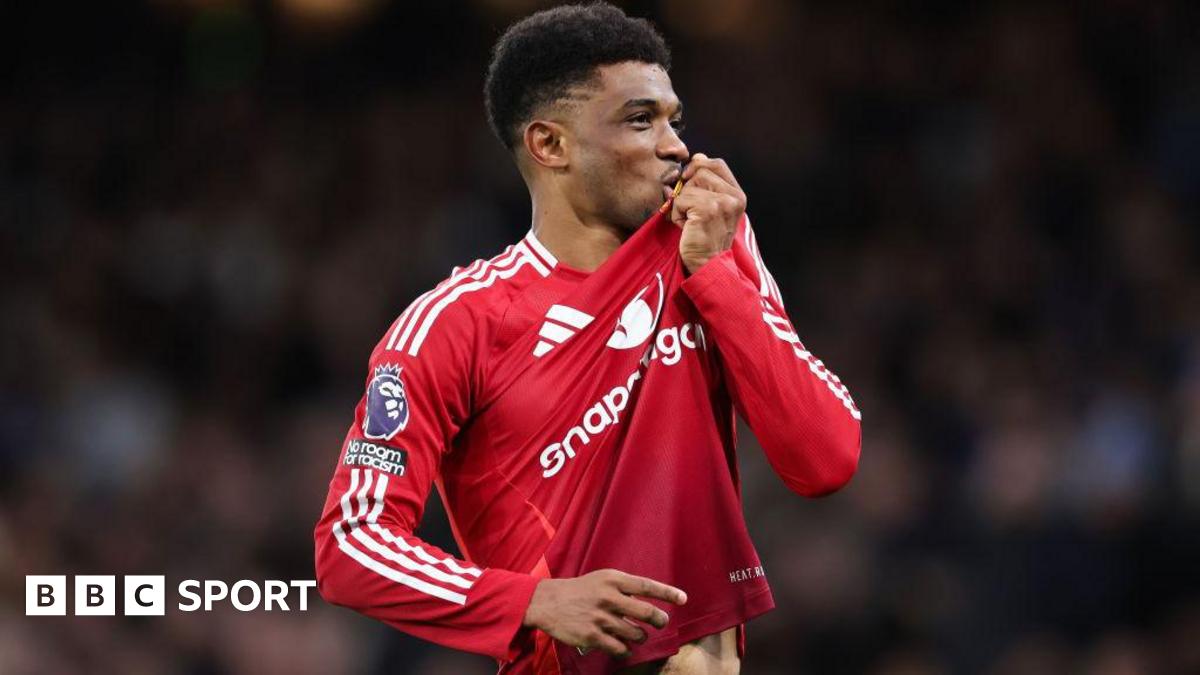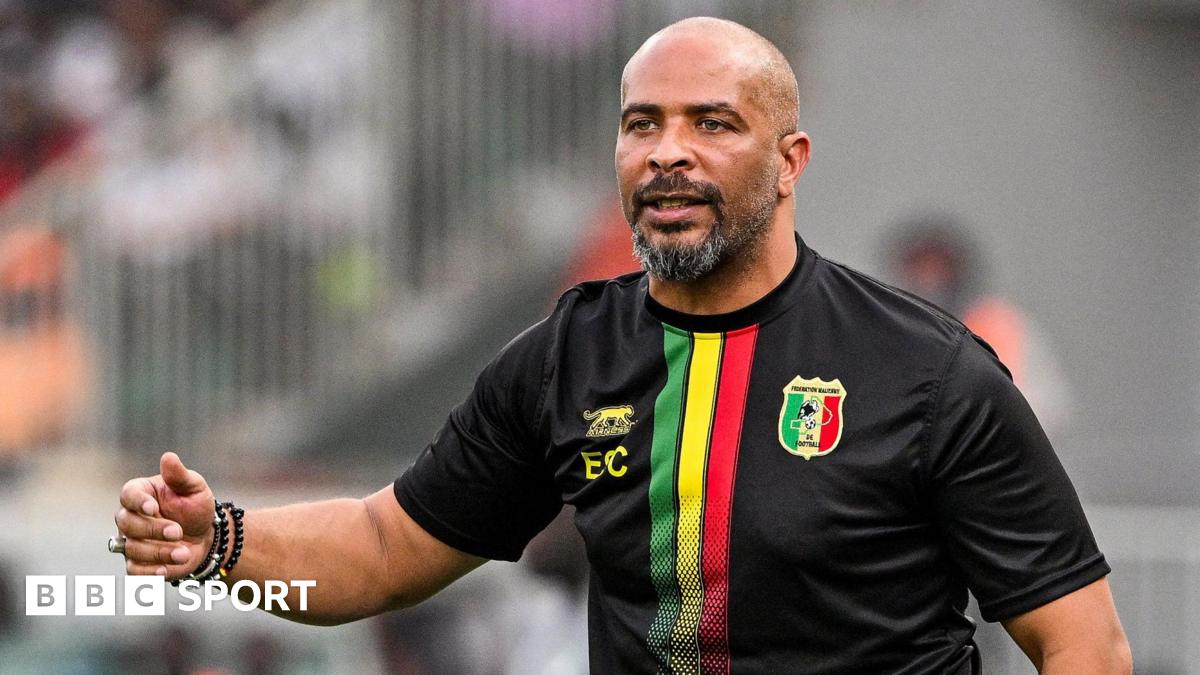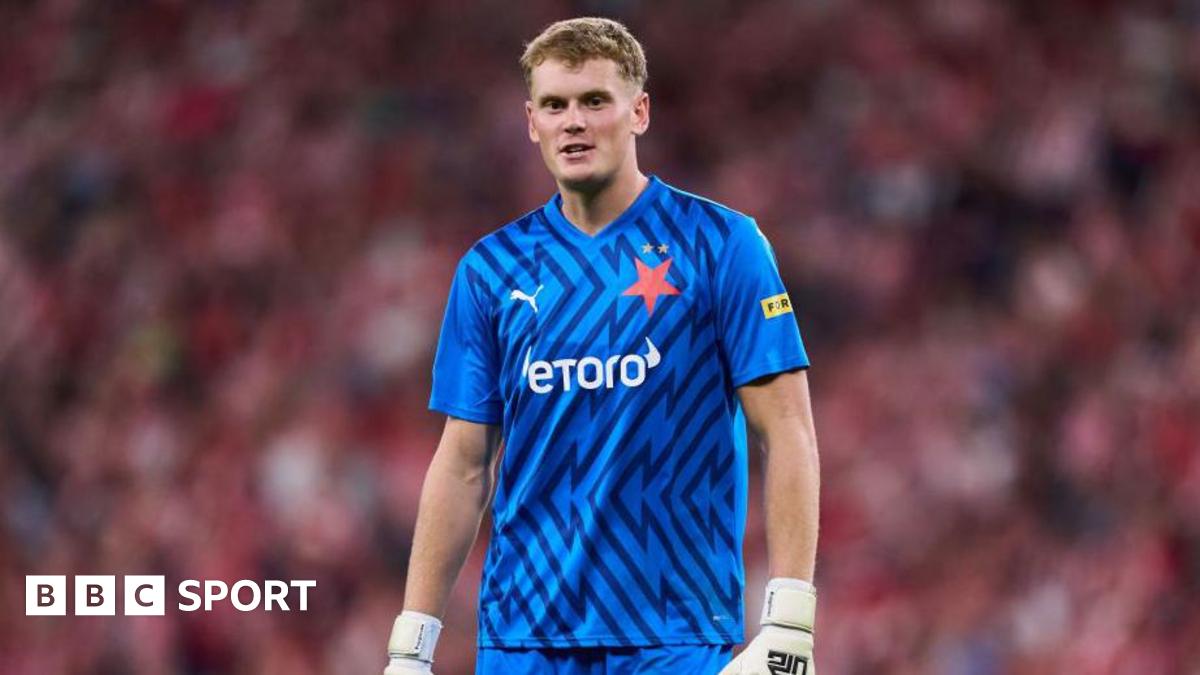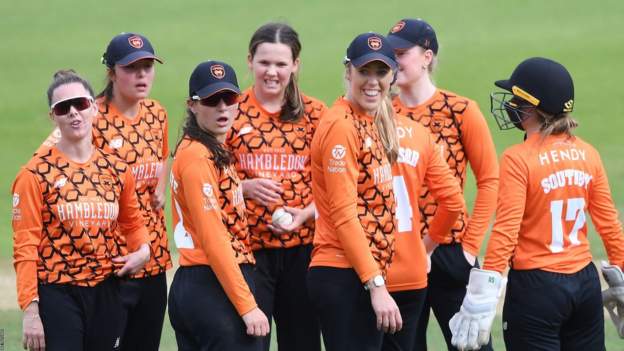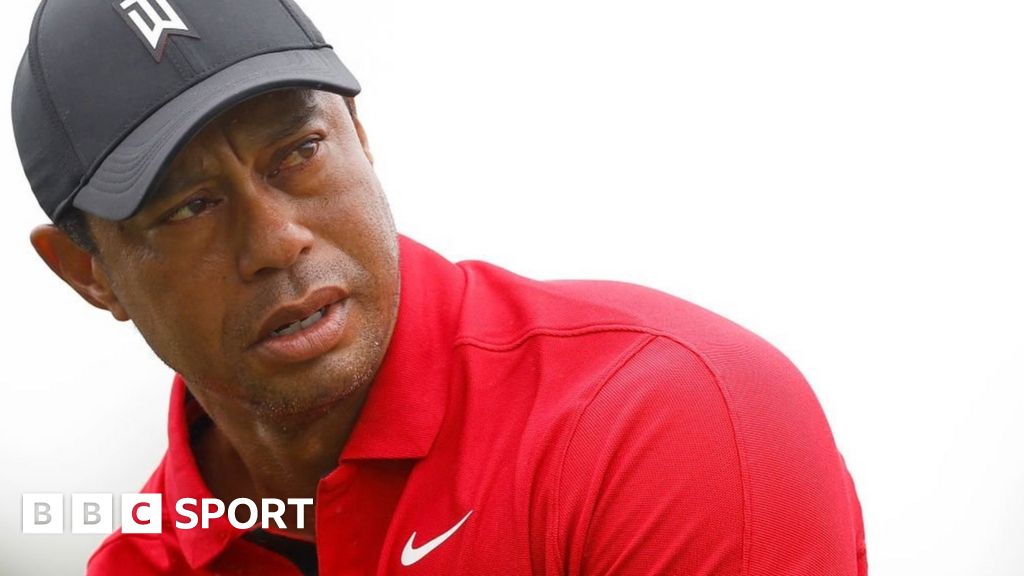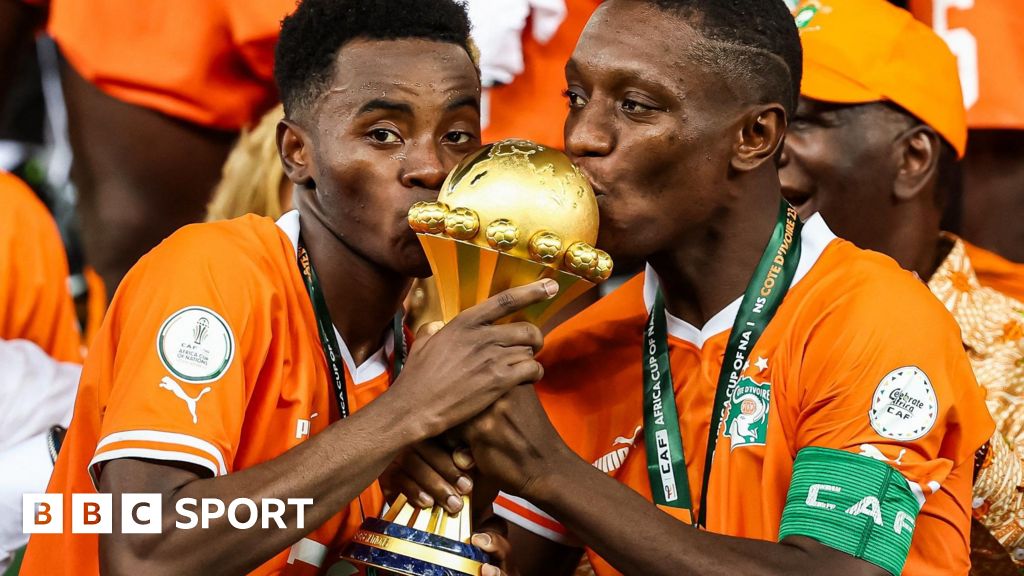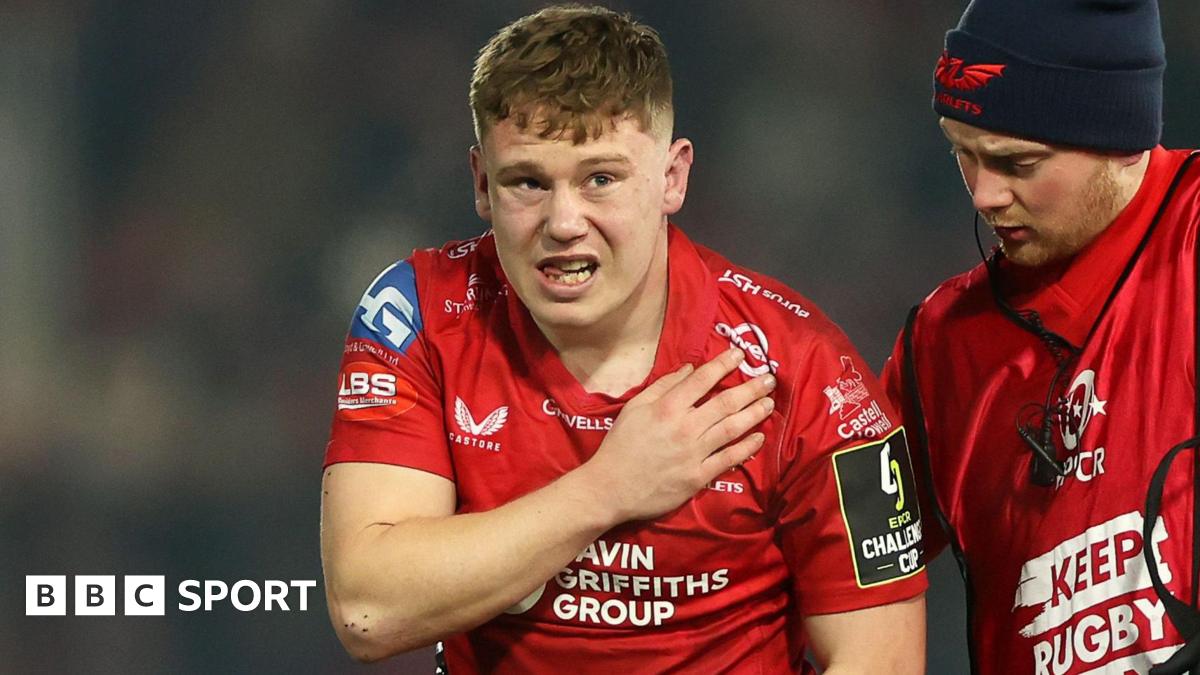Up to £5m of extra yearly funding will be pumped into women’s cricket as part of an overhaul of the domestic game.
The England and Wales Cricket Board (ECB) wants three tiers in the sport from 2025 onwards.
It has now invited applications to run professional sides, in a departure from the regional model introduced in 2020.
Since then eight centrally-funded teams have competed, but counties are being offered the chance to bid to take over and rebrand those teams from 2025.
As part of the plans the ECB has pledged to invest £4m to £5m per year into the women’s professional game between 2025 and 2028, taking its annual investment to £16m.
Under the ECB scheme the existing eight regional teams will become tier one clubs, owned and run by one of the first-class counties or the MCC, and will compete in T20 and 50-over competitions.
The 18 counties and MCC have until March to submit their bids, with unsuccessful applicants and National Counties then invited to fill semi-professional and amateur slots in tiers two and three – a process expected to be complete by September ahead of the launch in 2025.
All three tiers will be closed with no promotion or relegation throughout the initial four season term.
The ECB says it wants to grow the depth and reach of the women’s professional game.
“Since 2020, through the advent of the women’s regional model, we have seen significant progress in the professionalisation of women’s cricket, but we are still only just scratching the surface of its potential,” CEO Richard Gould said.
“To continue moving forward, and to make cricket a gender-balanced sport, we need a change in the ownership model and governance structure underpinning the women’s professional game.
“(This) will elevate the status of women’s domestic cricket to enable it to go further, grow faster and reach its full potential.”
ECB director of women’s professional game Beth Barrett-Wild added: “We believe that the next chapter is less about the separate transformation of women’s cricket and more about the whole game evolving together.
“The invitation to tender, expansion of the women’s domestic competition structure and uplift in funding, represent crucial next steps in cricket evolving into the sport we want it to be – one with equality of opportunity for men and women, boys and girls.”




